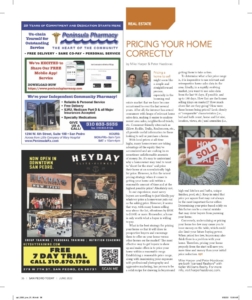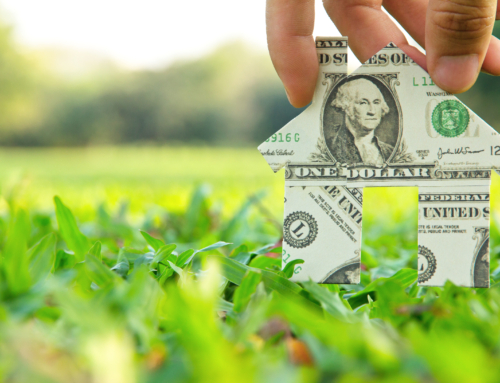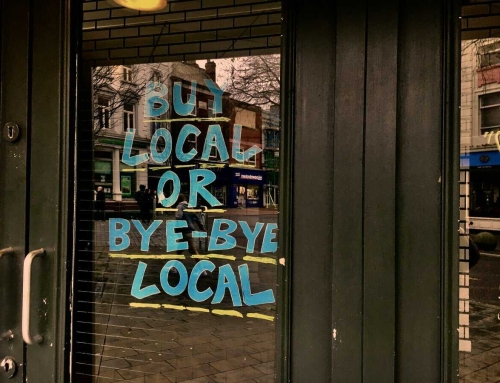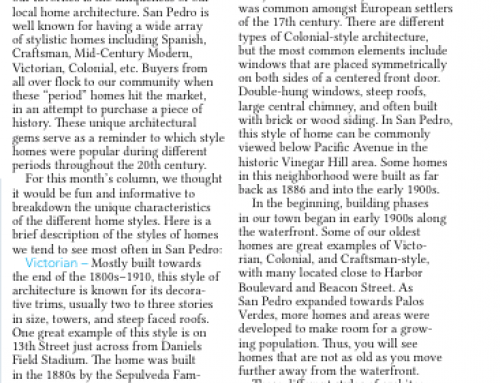Pricing a home to sell might seem like a simple and straightforward process, especially in the booming real estate market that we have become accustomed to over the last several years. After all, the Internet has armed consumers with heaps of relevant home sales data, making it easier to analyze recent area sales, neighborhood trends, etc. Consumer friendly sites such as Zillow, Redfin, Trulia, Realtor.com, etc. all provide useful information to those looking to sell or purchase a home.
With local prices at all-time highs, many homeowners are taking advantage of the equity they’ve accumulated and cashing in on sometimes unfathomable amounts of money. So, it’s easy to understand why a homeowner may tend to want to “shoot for the stars” and price their home at an unrealistically high list price. However, is this the wisest pricing strategy when it comes to getting your home sold within a reasonable amount of time and at the highest possible price? Absolutely not.
In our experience, most savvy buyers are unwilling to just blindly pay whatever price a homeowner puts out as the asking price. Even though it seems that way with many homes selling way above the list, oftentimes by $50K to $100K or more. Remember, a home is only worth what a buyer is willing to pay. What is the best strategy for pricing your home so that it will draw in prospective buyers and encourage them to offer on your home versus other homes on the market? The most effective way to get buyers to show up and make offers is to price your home within a reasonable range. Establishing a reasonable price range, along with maximizing your exposure with professional photography and aggressive marketing, has proven too be a solid recipe for drawing in buyers and getting them to take action.
To determine what a fair price range is, it is imperative to use relevant and retrospective home sales data in the area. Ideally, in a rapidly evolving market, you want to use sales data from the last 90 days, if possible, and up to 180 days. How fast are the homes selling (Days on Market)? How much above list are they going? How were those homes being priced? Look closely at “comparable” characteristics (i.e. bed and bath count, home and lot size, location, views, etc.) and amenities (i.e. high-end kitchen & baths, unique finishes, pool, etc.). Keep in mind that price per square foot may not always be the most important factor either. Determining your price based solely on this factor can be a crucial mistake that may deter buyers from pursuing your home.
Conversely, undervaluing or pricing your home too low may cause you to leave money on the table, which could also limit your future buying power. When priced too low, buyers may also think there is a problem with your home. Therefore, pricing your home properly from the start will save you more time and money than your initial price reduction.
Mike Harper and Peter Hazdovac are both licensed Realtors® with Keller Williams Realty. For more info, visit www.hhcoastal.com.









